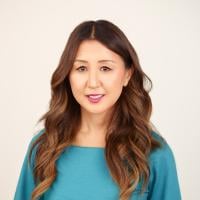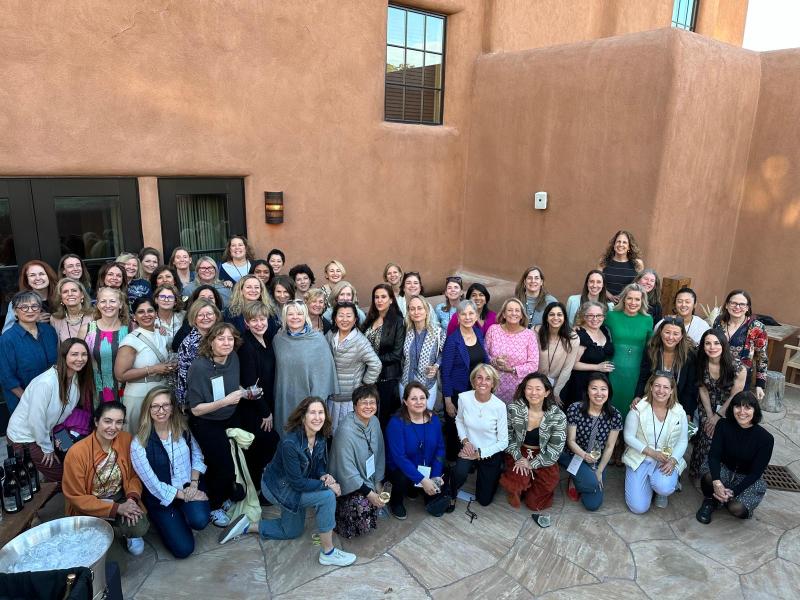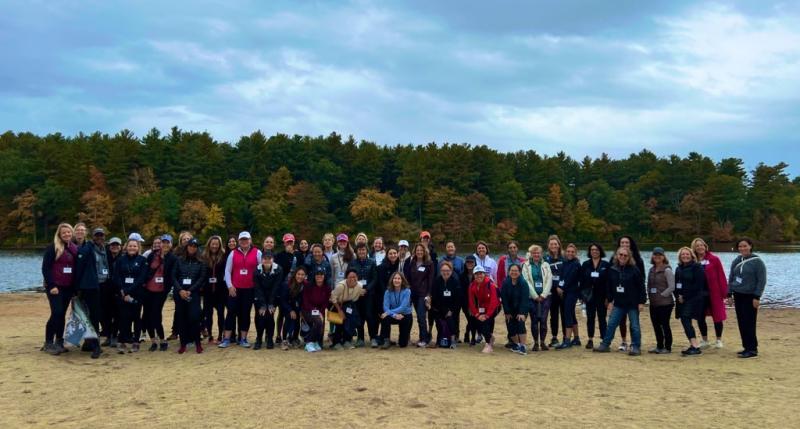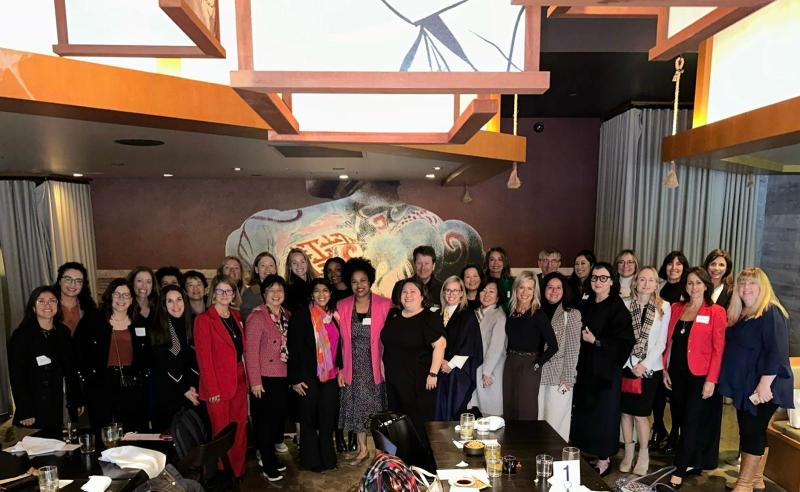What does it feel like to be a woman CEO in biotech? An island, according to Gossamer Bio co-founder and former CEO Sheila Gujrathi, M.D.
“We always talk about how lonely the CEO role is, but when you're a woman, a person of color, a woman of color—a minority group in some way—I think the burdens and the internal and external pressures on you can be higher,” she told Fierce Biotech in an interview. Gujrathi's array of current boardroom roles include serving as executive chair of Ventyx Biosciences’ board of directors, chair for both ImmPACT Bio and ADARx Pharmaceuticals and director of Janux Therapeutics’ board.

Women in leadership are less likely to have a network of professional support than men, Gujrathi explained, referencing the “corporate brotherhood” that exists for her male peers in similar roles.
“We're often left to kind of fend for ourselves and figure things out,” she said, comparing her leadership experience early in her career to an island, separate from others.
That’s why Gujrathi joined hands with fellow leaders Julia Owens, Ph.D., and Angie You, Ph.D., in 2022 to create an archipelago known as the Biotech Sisterhood. The group is open to all people who identify as a woman in industry leadership and is designed to serve as a community that offers support, networking and a safe space to develop leadership skills.

“There’s the old boys’ network and that's still in play,” Architect Therapeutics CEO You said in a joint interview with Fierce. “The reality is, that's where a lot of business gets done—those informal interactions.”
That reality played a driving role in the group’s foundation as a space where women could leverage their power, according to You, who is also a board member for RayzeBio and ORIC Pharmaceuticals and senior advisor at Frazier Healthcare Partners.
“If you're a female CEO, who wants to be part of this and wants to support other women, you're part of the sisterhood,” Owens, an advisor at GV (formerly Google Ventures), founding CEO of new stealth company Verto, and a board member of both EVOQ Therapeutics and the Biotechnology Innovation Organization, said in the joint interview.
The group is highly diverse, Owens pointed out, with about a third of members identifying as part of an underrepresented group, and with representation beyond the U.S.
“The only thing we ask is that you really do look to lift others up and really give it your time, energy and effort,” Gujrathi said.
This past weekend, the sisterhood reconvened for its third annual summit in Santa Fe, New Mexico. The group was joined by former FDA leader Janet Woodcock, M.D., who participated in the weekend-long retreat and sat down for a fireside chat in which she detailed her career path, from academia to medical school to her 37 years with the agency. Woodcock, who was integral to modernizing many of the FDA’s functions, spoke on the crises and challenges she faced at work and the lessons she learned throughout her professional life.

This year's summit stood apart from the past two annual retreats because of the seniority of members there, according to You. Alongside Woodcock, biotech veterans such as Deborah Dunsire, M.D.; Susan Molineaux, Ph.D.; Jodie Morrison; and Mary Lynne Hedley, Ph.D., all made it to the event.
“I was so excited that they were coming, because when I was growing up early in my career, I was so hungry to just find those people,” You said. “There were so few female CEOs when we were growing up.”
Hearing about the journeys of other similar individuals can breathe air into a life raft when one feels deserted.
“It's inspiring—it gives us reasons to continue to fight the fight that we're fighting,” Gujrathi said.
But the summit is just the start of the sisterhood's strategy.

The organization has a Slack channel with 240 female CEOs on it and has run nearly a dozen webinars on topics ranging from compensation to leadership strategies amid a tough market, Owens said.
“We have a sustained effort to partner and bring along everyone in this sisterhood,” Owens said. “Everyone in this sisterhood at our recent summit committed to host at least one event this year where we would take a small number of CEOs and a small number of next-generation women to help create that community for them as they're coming up.”
Since the group formed a few years ago, numerous women have helped each other get on boards and secure CEO opportunities, according to You.
Looking forward, the three leaders hope the sisterhood can help accelerate these efforts, not just in biotech C-suites, but on the investor side as well.
“Frankly, the female CEO numbers are growing much faster than the female venture partner and investment partner side of the equation,” Owens explained. “There's been a number of new funds formed this year, none of whom have had senior female leaders.”
The sisterhood has partnered with investors such as Cowen and Sofinnova to launch events with female CEOs and investment partners that include hiking and lunch and are designed to build bridges between that community.

“Female investors tend on average—not always, but on average—to be more open-minded to a female CEO and a more diverse board,” Owens said.
And diverse boards are a critical point of focus for the sisterhood, especially after a California law requiring public companies to appoint a certain number of individuals from underrepresented groups to their board was knocked down in 2023.
After the legislation was overturned, the curve of growth observed in terms of women representation on boards has flattened, Gujrathi said.
To achieve their goals, the Biotech Sisterhood leaders are leaning into the opposite of an island mentality: generating abundance.
“We have to have an abundance mindset,” Gujrathi said. “It's not about competition with one another, we need to support one another, lift each other up and celebrate our successes together.”

In the future, the group’s strategies may shift, but Owens thinks the sisterhood will be around at least until equality is achieved.
“Our companies will be stronger—our industry will be stronger—when our leadership teams and boards are 50% women, just like the broader talent pool and population is,” Owens said. “And when we get to that point, maybe we won't need this separate community.”